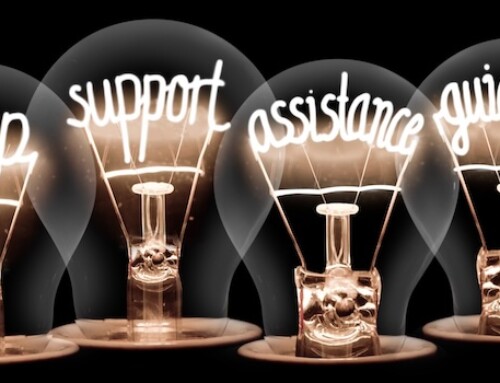LinkedIn is full of how to start your Artificial Intelligence (AI) journey but, as with many hype-cycle technology events, a few experienced heads just say – ‘walk don’t run!’
Everywhere you look at the moment AI is part of our daily news and if you listen to the posts, you need to be thinking about new skillsets within your team to understand NLP (Natural Language Processing) and LLM (Large Language Models), employ Prompt Engineers to build and train models and deploy services that deliver outcomes. These can come, but later. Remember AI is all cost for now, so the smarter path is to test and investigate the potential benefits for simply improving internal process or new content generation from existing resources. Build your own confidence internally.
What most organisations miss is where to simply start today. This is true for many member led organisations that are currently assessing how AI helps their marketing services, but finding the best use case is the challenge. Yes we have seen the power in AI by creating my retention or marketing plan for us in ChatGPT, or I can use Bard to help seek out facts across the web, but what if I am content rich with a backlist of knowledge stored in my CMS? How can I resurface new intelligence from the library using AI?
For example, take your backlist of knowledge across your publications, whitepapers, journals that has been critical to supporting your members over the years. How can it be repurposed today? Using the resources you already have is a simple first step. We note, several institutions are looking at how AI can create new micro-learning courses to support individual CPD programmes, aggregated topic relevant best practice guidelines related to recent news events or are simply running a gap analysis across multiple standards and policies. All of these are achievable with the use of AI if it understands the context of the resources.
 |
The context of your content lets AI interpret unstructured data, places it in context to your purpose, and stores it properly in a structured format. AI is trained to help do this at scale. Different documents or data sets do have different meaning, but through knowledge graphs you can link small data points into a larger picture. This then allows you to configure behaviour or determine what you want an outcome to be. AI then generates an executive summary, a research report, a training course or a best practice recommendation and can be configured to include your own organisational terminology or relevancy.
Finally, verification of the outputs is important not to ignore. Editors should be able to simply improve behaviour prompts themselves or by editing the created report via tools such as MS Word. Even incorporating MS PowerBI charts is simple if you have the capability in-house. With the right software, at a user level the only AI training is a grammar and meaning check for improving the prompt. The focus becomes the relevancy of outcomes, not the potentially costly technological journey to reach them.
At this year’s Memberwise Digital Excellence conference in London on 16th May Lars Ruddigkeit of Microsoft will be using his keynote speech to demonstrate the art of the possible of using AI within membership led organisations. Microsoft are often all about running ahead of the AI curve. One question to him should be, ‘In this new movement … how do we simply walk before we run?’

Contact us to start your own AI test, trial and proof of concept today.









Leave A Comment